Free Spelling and Vocabulary Activities Students Love
Spell check or no spell check, teaching spelling is an important part of language arts instruction in the elementary classroom. It’s a skill our students will use for the rest of their lives. But teaching spelling can be tough with all the rules and all the exceptions to the rules. That’s why being intentional and having a solid spelling plan are so important.
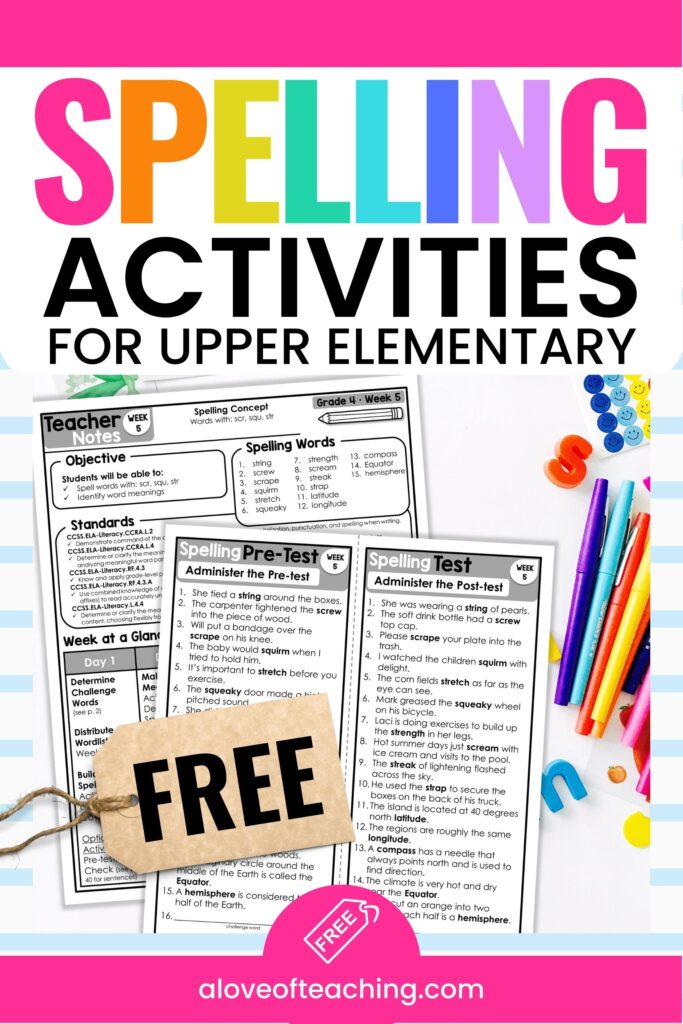
Use the Spelling / Reading Connection
Have you ever thought about how spelling and reading are connected? I feel like the best way to describe them is that they are opposites. Reading is breaking down words by sounds, and spelling is the building of words by sounds. So, it only makes sense to connect the two.
When looking at these two skills, reading the words would be easier than spelling them. So, it is important to make sure that the spelling words you give your students are words that they can already read (or, at minimum, they are phonics sounds and patterns they have already been taught).
Focus on Sounds vs. Letter Names
Think about a traditional spelling lesson. Students are taught to say the word and then spell it using the name of the letters. However, this approach leaves out an essential reading connection. A short vowel word would be spelled saying a long vowel in the letter name, even for the simplest words. Not only can this be confusing, but it is also one reason why students struggle with spelling.
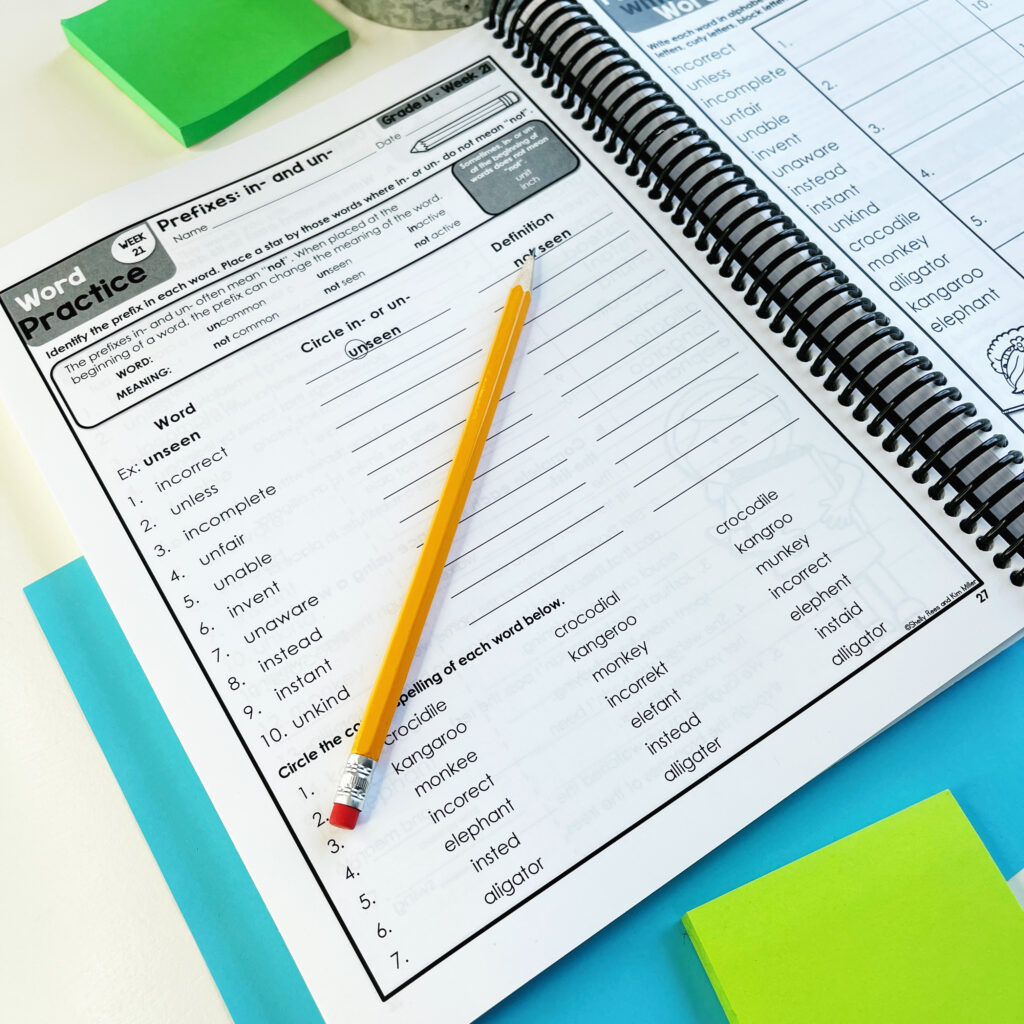
Instead, teach students to spell using the letter sounds rather than the letter names. Since spelling is the opposite of reading, we need to teach students to break the word apart into its individual sounds and teach the corresponding spelling patterns. If we teach students to say the sounds as they write the letter, then we capitalize on their prior knowledge and the methodology to which they are accustomed. That’s helping our students work smarter, not harder!
Practice, Practice, Practice
There is very little that we learn the very first time we are exposed to it. In fact, for true learning to occur, we need to get the information into our long-term memory. For that to happen, our students need repetition – and that means practice, practice, practice.
Did you know that learning happens faster when our students have something to connect it to? That means by connecting new spelling patterns or words to real life, student interests, and prior learning, we can help our students master spelling.
Here are some easy ways to help students connect spelling to real life:
- Search for spelling words or spelling patterns in books students are reading.
- Do a spelling photo scavenger hunt in the community. Have students take pictures of words from their spelling list or the spelling pattern as they find them on signs, on menus, in the grocery store, etc.
- Have students write about a personal experience using their spelling words.
- Challenge students to use their spelling words as they participate in class discussions. When a student uses the word, they must also spell it.
Create Intentional Spelling Lists

By creating and using spelling lists based on the same spelling pattern or phonics sound, we are building in the repeated exposure necessary to help our students master the spelling concept.
In the primary grades, I would suggest teaching one sound and one spelling pattern at a time. Allow students to learn it and then introduce another spelling pattern with the same sound. For upper elementary students who have had instruction on a variety of spelling patterns, you can create lists based on a target sound and review multiple spelling patterns simultaneously. Or, you can follow a similar approach as the early grades but with more difficult words.
Does the thought of this make you think, “I know this is right, but I don’t have time”? No worries, I partnered up with another upper elementary teacher, and we did the hard work for you with the Building Spelling Skills curriculum! This full-year spelling curriculum includes EVERYTHING you need. Yep – everything! And it involves absolutely NO PREP WORK on your part. Simply print the lesson plans for the week, copy the coordinating pages, and that’s it. Spelling is done!

You can find a full year of spelling curriculum for 3rd grade, 4th grade, and 5th grade.
Make Spelling Fun
The Lessons
When introducing students to a new phonics sound or spelling pattern, think of a way to really grab their attention. Make up a little song, add pictures, be silly – something more than “‘I-G-H’ makes the long I sound” and “‘er,’ ‘ir,’ and ‘ur’ say /er/.” Both of those statements are absolutely true, but our students hear Charlie Brown’s teacher saying, “Wah wah wah wah wah wah wah.”
Instead, try something different. Turn the spelling rule into a song using a tune everyone knows. Now, I know that your students might giggle or roll their eyes, but I also know that it will stick, and you will hear them humming or singing as they work on their spelling.
Here’s an example to the tune of “Jingle Bells”:
I-G-H, I-G-H, I-G-H says “eye.”
Words like night, flight, and sight all have IGH.
Not a singer? No problem! Just changing up the volume of your voice, your voice inflection, or even using a silly voice helps to grab your students’ attention.
- Teaching the /ar/ sound – talk like a pirate
- Use whispering to tell a “secret” rule
- Create a spelling rhythm with chant and clapping or stomping
The Activitites
You can easily keep spelling activities fun just by changing it up or offering student choice. These interactive spelling menus are a great way to make your spelling activities fun for the students. These menus are perfect to use with any spelling list! You can read more about how I use these spelling menus in this blog post.
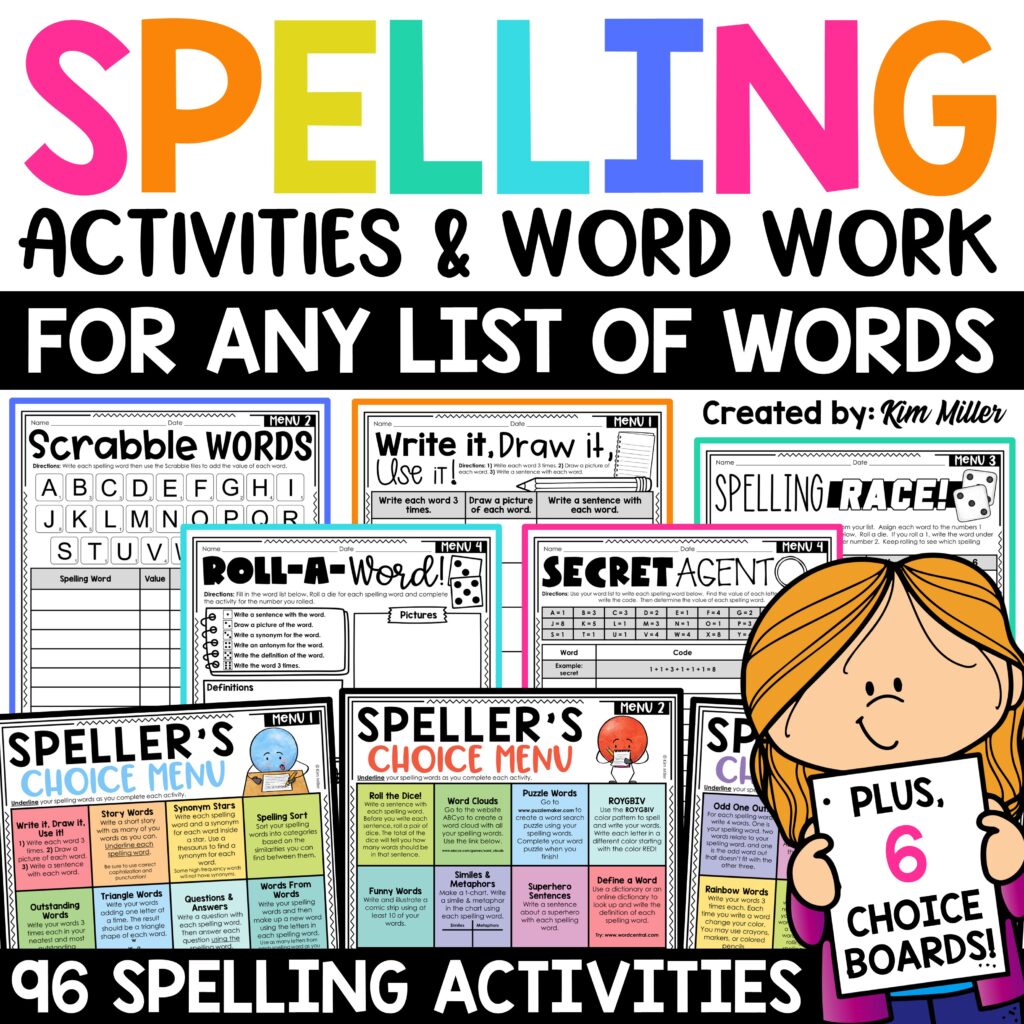
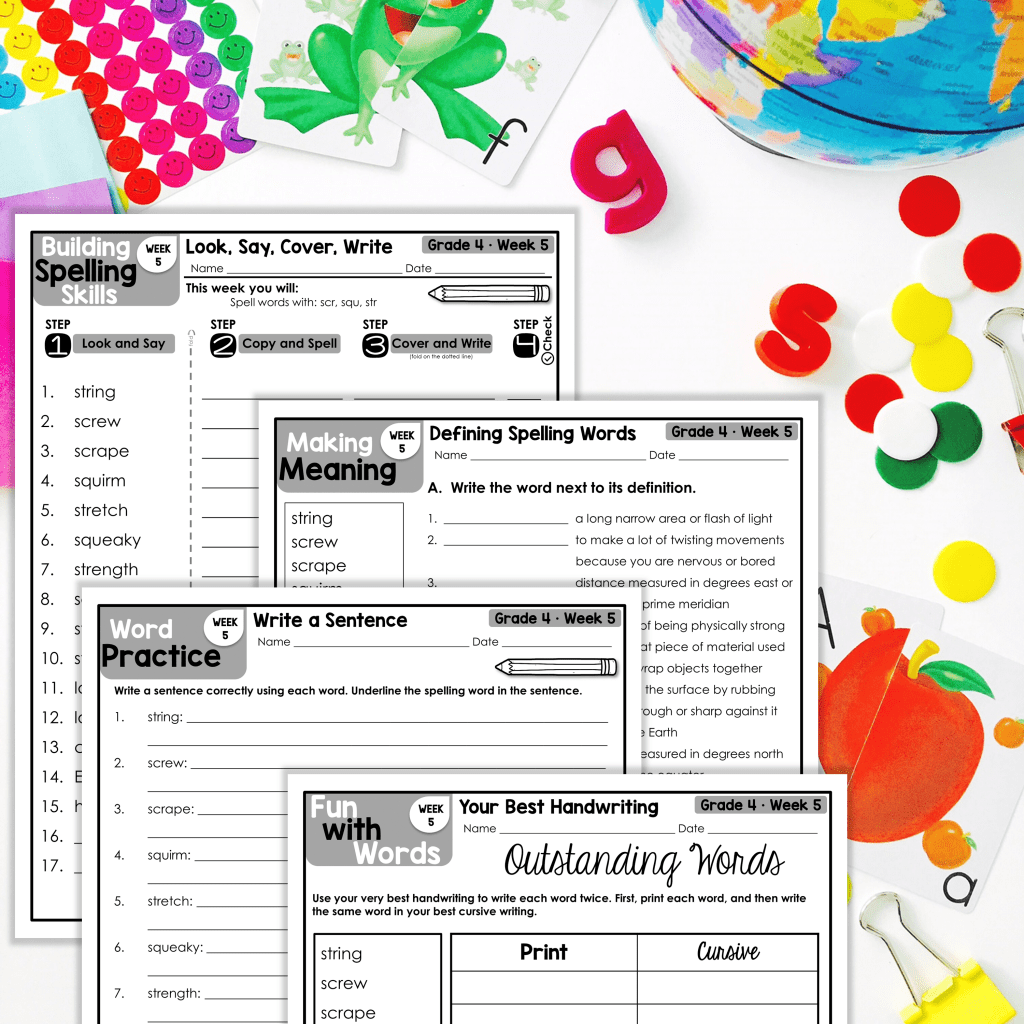
As we created the Building Spelling Skills curriculum, we built four practice activities for each week. But . . . not all of the activities are the same each week.
Two activities are consistently used week after week because they provide a great foundation for mastering spelling. They provide students with opportunities for repetition and connections. Students start the week with some repeated spelling practice and then a word meaning activity, which helps them see the target word in light of its meaning rather than its spelling pattern. This helps the brain connect it to other learning about the word.
The other two activities are different every week. This means students are not repeating activities for over two months. That keeps the activities fresh and fun. While all the activities are designed to help students learn the words, the activities never get boring or stale.
Try it for FREE!
You can try out two weeks of the Building Spelling Skills program for free. Grab your free sample and see if teaching spelling becomes easier for you and effective for your students.
Or, grab the full curriculum and have your spelling lessons and planning DONE for the entire school year!
Pin it for later!


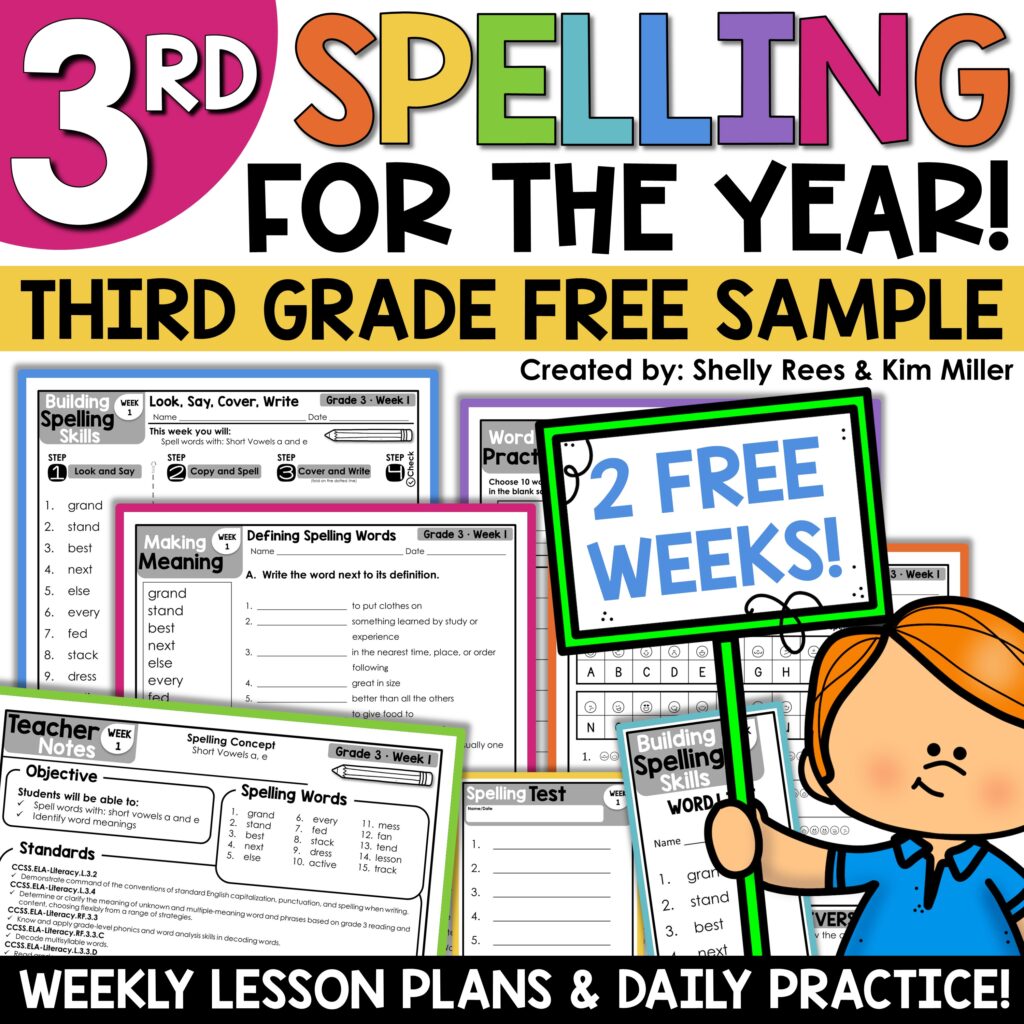
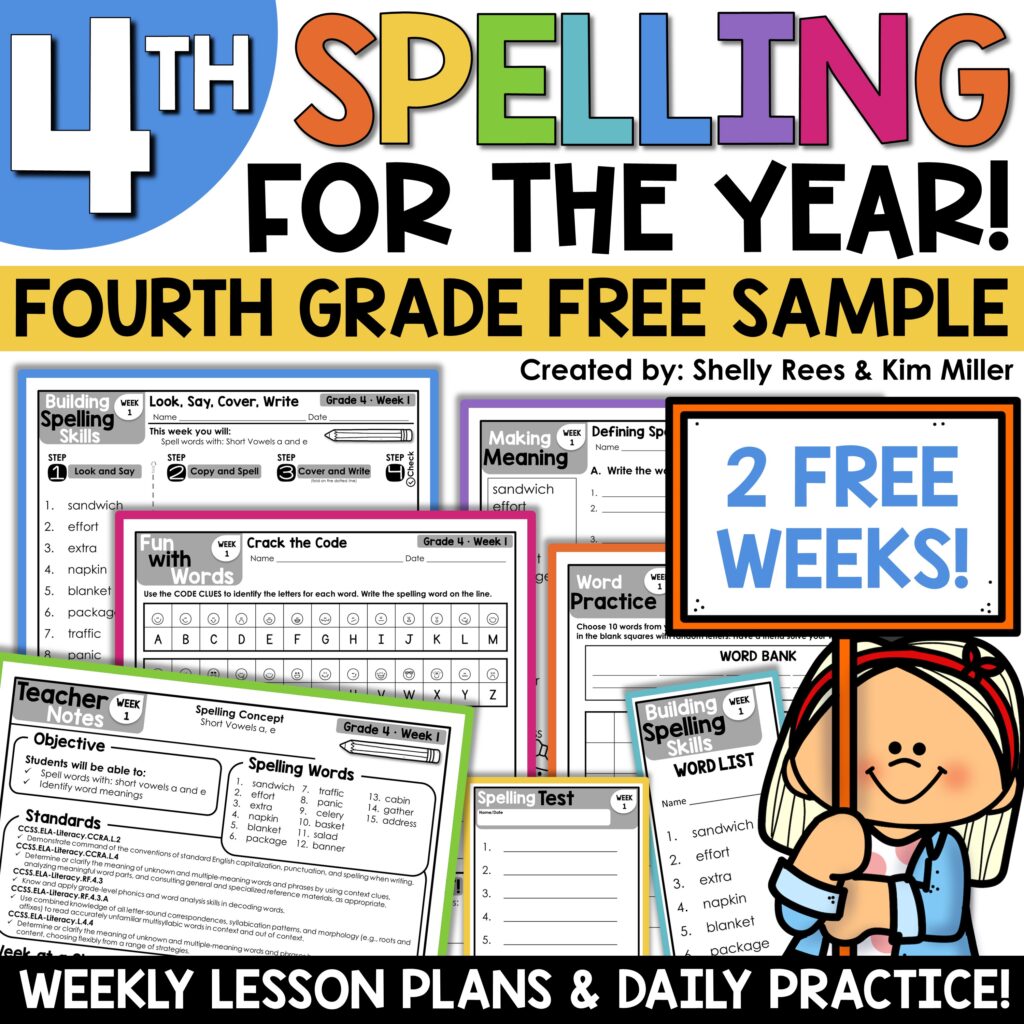
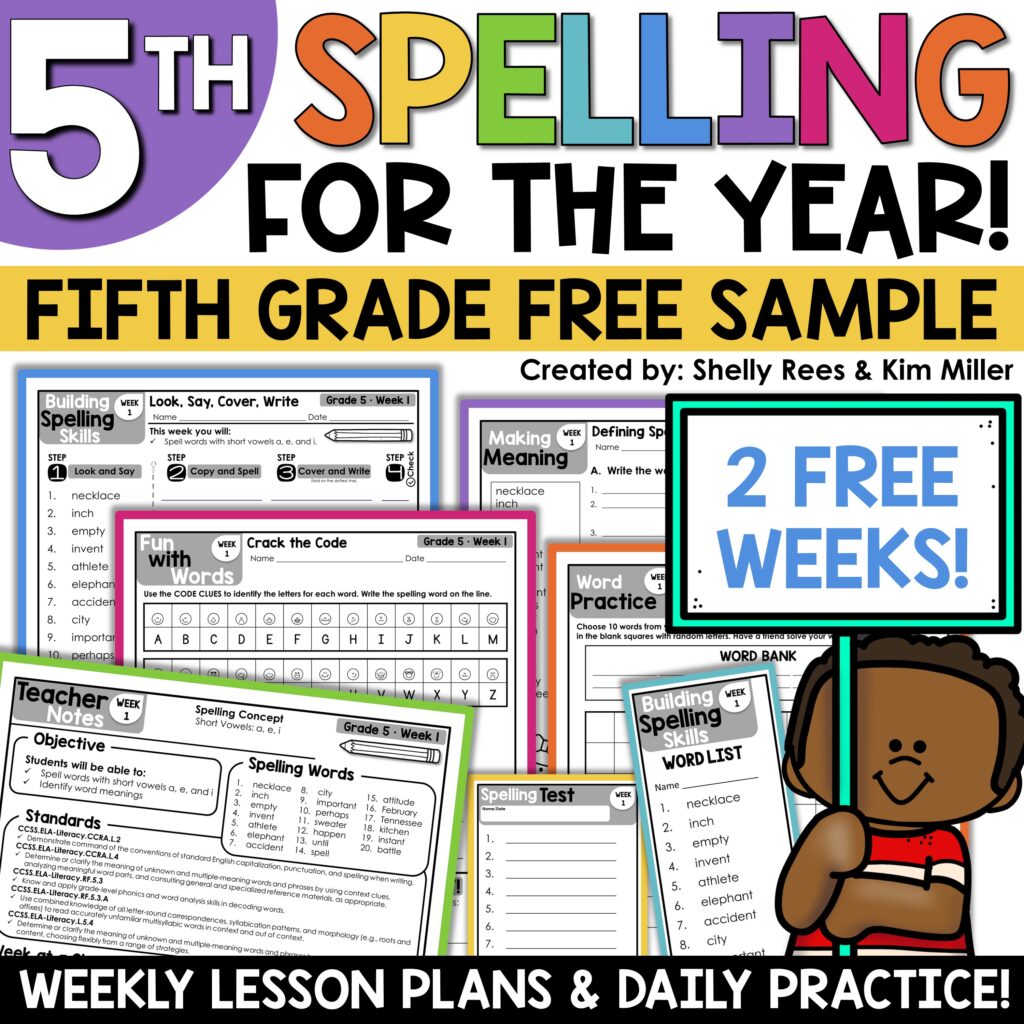

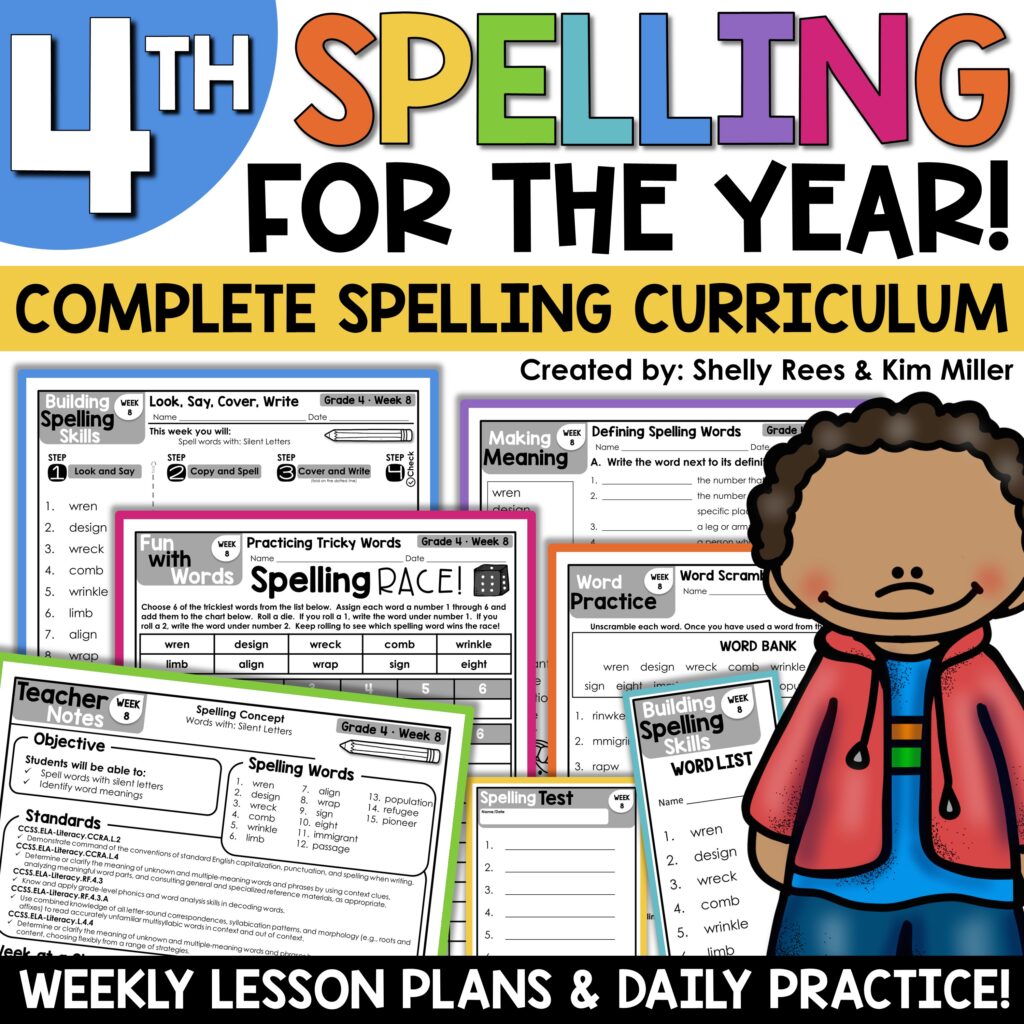



This Post Has 2 Comments
this is really great information. love it.
Thank you, Dahlia! I’m so glad you found it helpful!